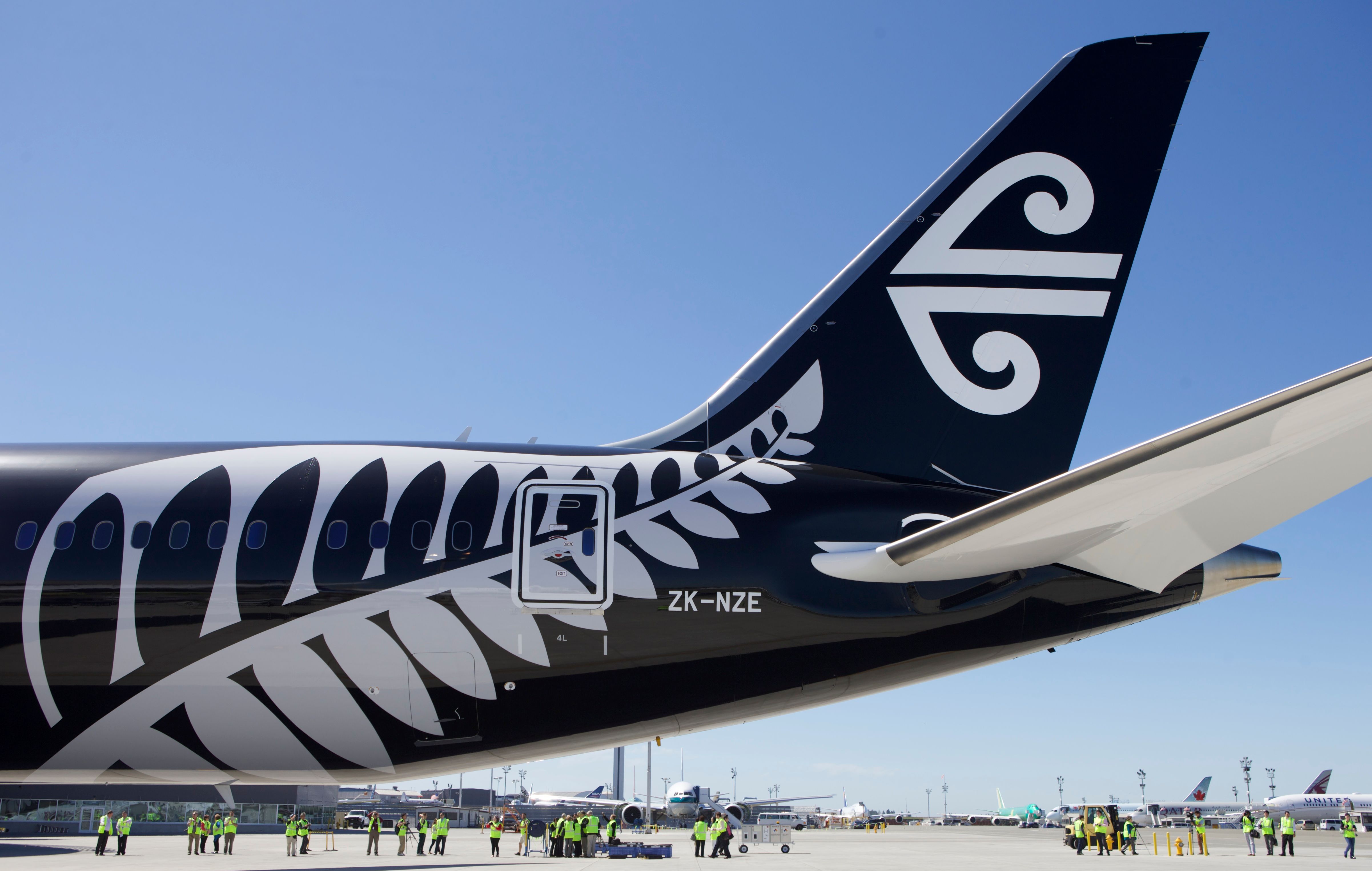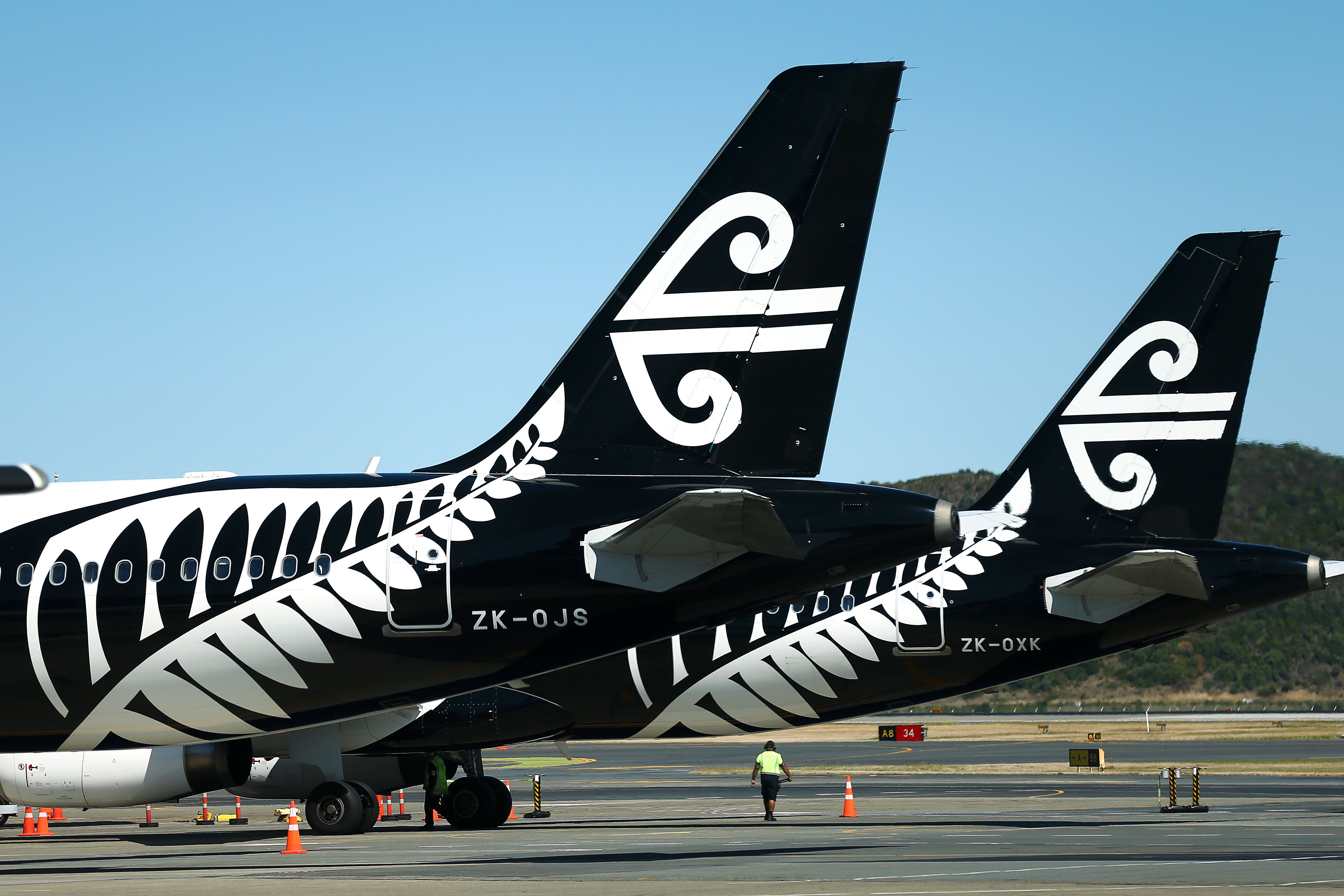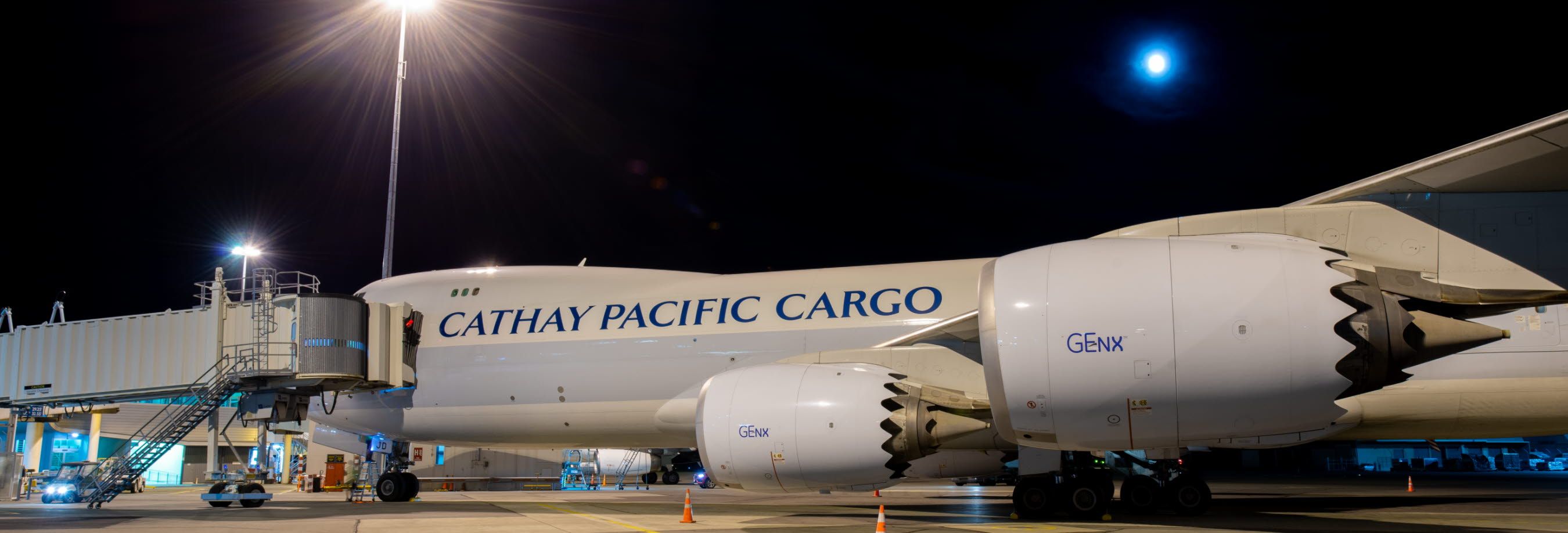Air New Zealand recently reported a substantial interim financial loss for the 12 months to March 31 – not unsurprising given the impact of the pandemic on the Auckland-based airline. However, a bright spot over the last year was cargo. One of the silver linings in the pandemic for Air New Zealand was rediscovering the role cargo operations can play in supporting what is primarily a passenger airline.
Across the same 12 months, Air New Zealand expects cargo to tip approximately US$333 million into the airline’s coffers – around half of all revenue earned over the period. The airline has successfully accessed various freight subsidy schemes, including New Zealand’s Maintaining International Connectivity (MIAC) and Australia’s International Freight Assistance Mechanism schemes.
“Through these schemes, we’ve been able to add new cargo routes, including direct flights from Australia to North America,” said Air New Zealand CEO Greg Foran at a recent investors briefing. Among other cargo, In the 2021 calendar year, Air New Zealand jets flew 12,200 tonnes of fresh produce, 6,300 tonnes of chilled meat, and 10,700 tonnes of seafood around the world.

Air New Zealand has redeployed many of its passenger Boeing 787-9s onto cargo-only flights throughout the pandemic. Photo: Getty Images
Cargo proves a savior for Air New Zealand
By the end of 2021, Air New Zealand was operating around 100 dedicated cargo flights a week – a handy piece of business for an airline whose international passenger ops were severely curtailed by border closures and travel restrictions. While there was solid demand for cargo capacity in and out of New Zealand, many of those flights would not have existed without subsidies from the aforementioned government-back schemes.
New Zealand’s MIAC scheme was due to wrap up on March 31, but the New Zealand Government recently extended it by another 12 months. Australia’s freight assistance scheme is expected to end in mid-2022. Air New Zealand’s CEO admits both subsidy schemes have been a “massive tailwind” for the airline. However, Mr Foran also argues Air New Zealand has used the pandemic to refocus on the role of cargo operations beyond the subsidy lifespans.
“There are opportunities we can and are taking,” Greg Foran said. “We can ensure that cargo continues to be a good addition to the business. We still have the capacity to do more.
“Not every plane is going out full. About 60% of the planes go out not full. Now, that doesn’t mean that there’s 40% extra capacity. But there is plenty of opportunity for us to grow our cargo business, both domestically and internationally, by filling the bellies of our planes.”

Air New Zealand CEO Greg Foran. Photo: Air New Zealand
Air New Zealand’s fast-forwarded border reopening complicates the cargo picture
At the time of the briefing, New Zealand had not brought forward its border reopening dates. Air New Zealand’s management was eyeing a gradual uptick in international passengers operations throughout 2022 and a continuing reliance on cargo operations. Since the briefing, New Zealand confirmed it would reopen to fully vaccinated travelers from its usual visa waiver countries on May 1. While it’s excellent news for Air New Zealand’s stagnant international passenger ops, it complicates the picture for its cargo operations.
In addition to bringing back a former passenger Boeing 777-300 as a cargo-only plane, Air New Zealand has redeployed many of its Boeing 787-9s onto cargo-only services. A sooner than expected rebound in international passenger demand could disrupt planned cargo timetables that use redeployed Dreamliners.

An accelerated return to international passenger flying could throw out Air New Zealand’s planned cargo-only ops in 2022. Photo: Getty Images
Air New Zealand’s CEO on the cost of cargo
The reopening of New Zealand’s borders will also see some absent foreign carriers return to the country’s airports. At New Zealand’s biggest airport, Auckland, the number of airlines flying in has dropped from 29 pre-pandemic to 13 today. Given the bulk of airline cargo flies in the belly holds of passenger jets, that’s a big reduction in competition that has benefited Air New Zealand.
“On average, people are paying circa 50% more, but some people are paying 100% more, and some are paying nothing,” said Mr Foran about the lift on cargo rates caused by a worldwide air cargo capacity shortfall. “There’s no doubt that if you are exporting at the moment, you’re paying more generally. As the subsidies work their way out, we’ll have to see what happens with pricing.
“It’s really hard to look into the crystal ball and say, all of these moving pieces, what happens with (cargo) pricing. But I would expect that the pricing will come back a bit over the next couple of years. But it may not come back to 2019 levels.”
The impact of returning airlines on Air New Zealand’s cargo operations
Airlines returning to New Zealand will bring extra cargo capacity into the market. Theoretically, that should drive down cargo prices and see some more competition on the cargo apron at Auckland International.
“If we see a lot of competitors re-enter New Zealand with passenger flying and they’re looking to fill their bellies, then we’re going to have to review pricing,” said the Air New Zealand CEO. “Equally, if there’s not going to be quite so many competitors coming back so quickly, then there could be a period where we’re allowed to keep pricing a little heavier than what otherwise might be the case.”
Since that comment and New Zealand’s border reopening announcement, Air Canada has said it will return to Auckland in November with three times a week Boeing 787-9 Dreamliner flights. American Airlines, which announced a significant expansion into New Zealand just before the pandemic struck, may revisit those plans.

Increased competition may drive down Air New Zealand’s cargo rates. Photo: Christchurch Airport Newsroom
Short term future for Air New Zealand’s Boeing 777 freighter
Despite having pulled one Boeing 777-300 out of retirement to help with cargo operations through the pandemic, Air New Zealand seems comfortable sticking with Dreamliners post-pandemic and being what they call a below-the-wing cargo operator in the future. While Air New Zealand readily admits that cargo will be a bigger part of its operations post-pandemic than before, it won’t be flying dedicated freighters. So that orphan cargo-only Boeing 777-300 will have a short second life at the airline.
“We’re comfortable going forward continuing to be a below-the-wing cargo operator. We’ve got no intention of operating dedicated cargo freighters,” confirmed Mr Foran. “The 777 is great for cargo, but is it good enough for cargo versus taking a fleet to a single fleet? We see our business being a mix of passengers and cargo, and the benefit of heading towards a single (Dreamliner) fleet outweighs the benefit that you get out of a 777 just on its own in terms of cargo.”
Read Next
About The Author




